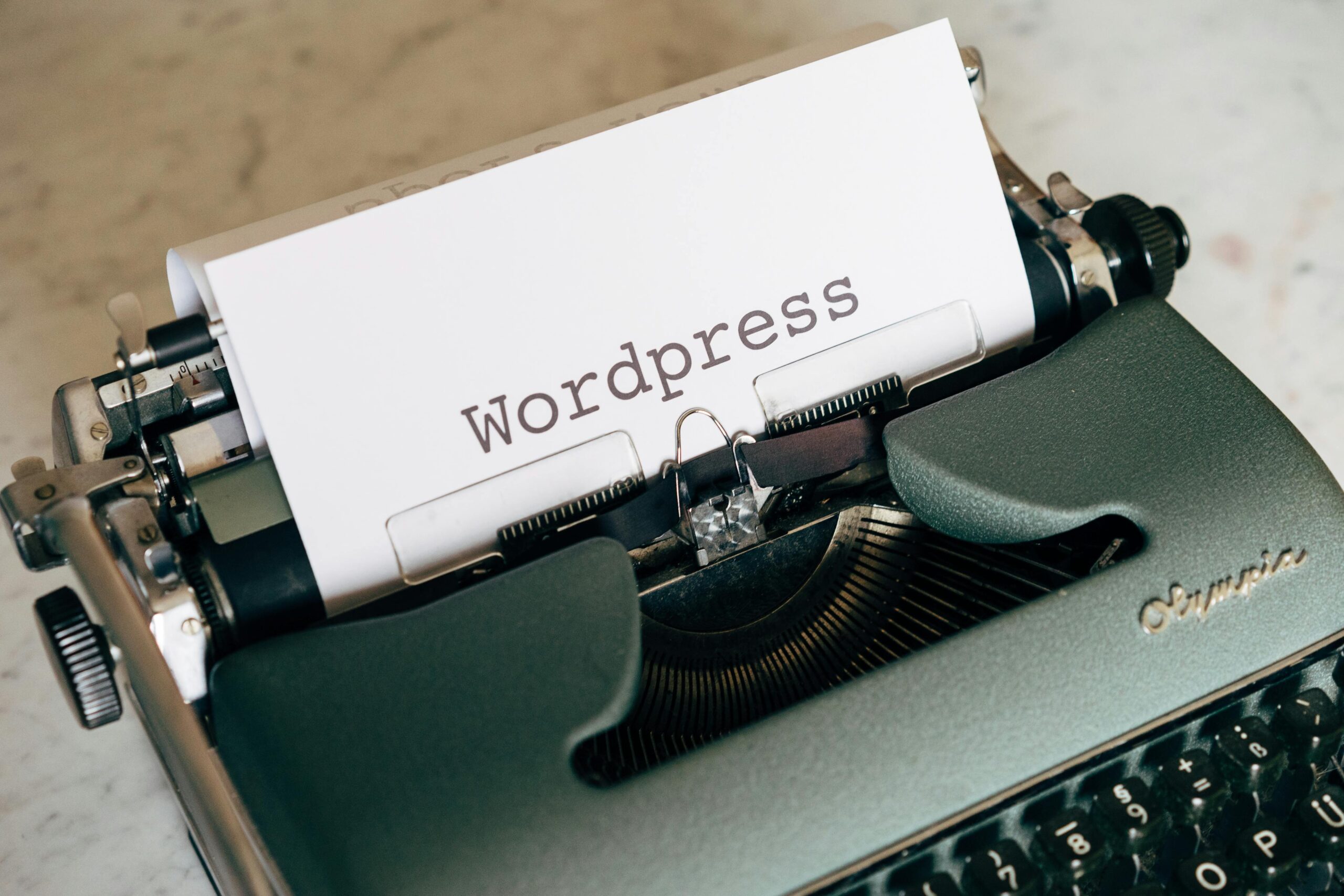WordPress is one of the most popular content management systems (CMS) in the world, used by millions of websites.
However, its popularity also attracts hackers, so securing your site properly is crucial. In this post, we present 10 proven methods to help your website withstand threats.
1. Regularly update WordPress, themes, and plugins
Outdated versions of WordPress, themes, or plugins are among the biggest security risks. Regular updates eliminate vulnerabilities that hackers could exploit.
Tip: Always create a backup before each update.
2. Use strong passwords and change default logins
A common mistake is keeping the default “admin” login and using simple passwords.
Tip: Use a mix of uppercase and lowercase letters, numbers, and special characters. Consider using a password manager like LastPass or Bitwarden.
3. Install a security plugin
There are many plugins that monitor your site’s security, detect attacks, and block suspicious activity.
Popular plugins include:
- Wordfence Security
- iThemes Security
- Sucuri Security
- All-In-One Security (AIOS) – Security and Firewall
4. Limit login attempts
Brute-force attacks involve repeatedly guessing login credentials. You can prevent them by blocking users after a few failed login attempts.
How to do it: Plugins like Limit Login Attempts Reloaded allow you to set a maximum number of login attempts.
5. Enable two-factor authentication (2FA)
Adding a second layer of security, such as a mobile app code, makes unauthorized access much harder.
Recommended tools: Google Authenticator, Authy.
6. Secure the wp-config.php file
The wp-config.php file contains critical configuration data, including database login information. Securing it is a top priority.
How to do it:
- Change its permissions to 440 or 400.
- Move the wp-config.php file outside the root WordPress directory.
7. Implement an SSL certificate
An SSL certificate encrypts the data transmitted between users and the server, improving site security.
How to implement SSL:
- Use a free SSL certificate from Let’s Encrypt.
- Make sure your site address starts with “https://”.
8. Regularly create backups
Backups are your safety net in case of an attack or failure. Regular backups ensure you can quickly restore your site.
Recommended backup tools:
- UpdraftPlus
- BackupBuddy
- Duplicator
9. Hide the login page
The default login address (e.g., “/wp-admin” or “/wp-login.php”) is easy to find. Changing its location makes it harder for attackers.
How to do it: The WPS Hide Login plugin allows you to easily change the login page URL.
10. Remove unused themes and plugins
Unused or outdated themes and plugins are potential security risks. Even if inactive, they can contain vulnerabilities.
Tip: Regularly remove anything you don’t use, and only install trusted extensions.
Summary
Securing a WordPress site requires the use of proper practices and tools.
Remember that even the best plugins and security measures are no substitute for regular maintenance and monitoring.
Take care of your site’s security before it’s too late.

